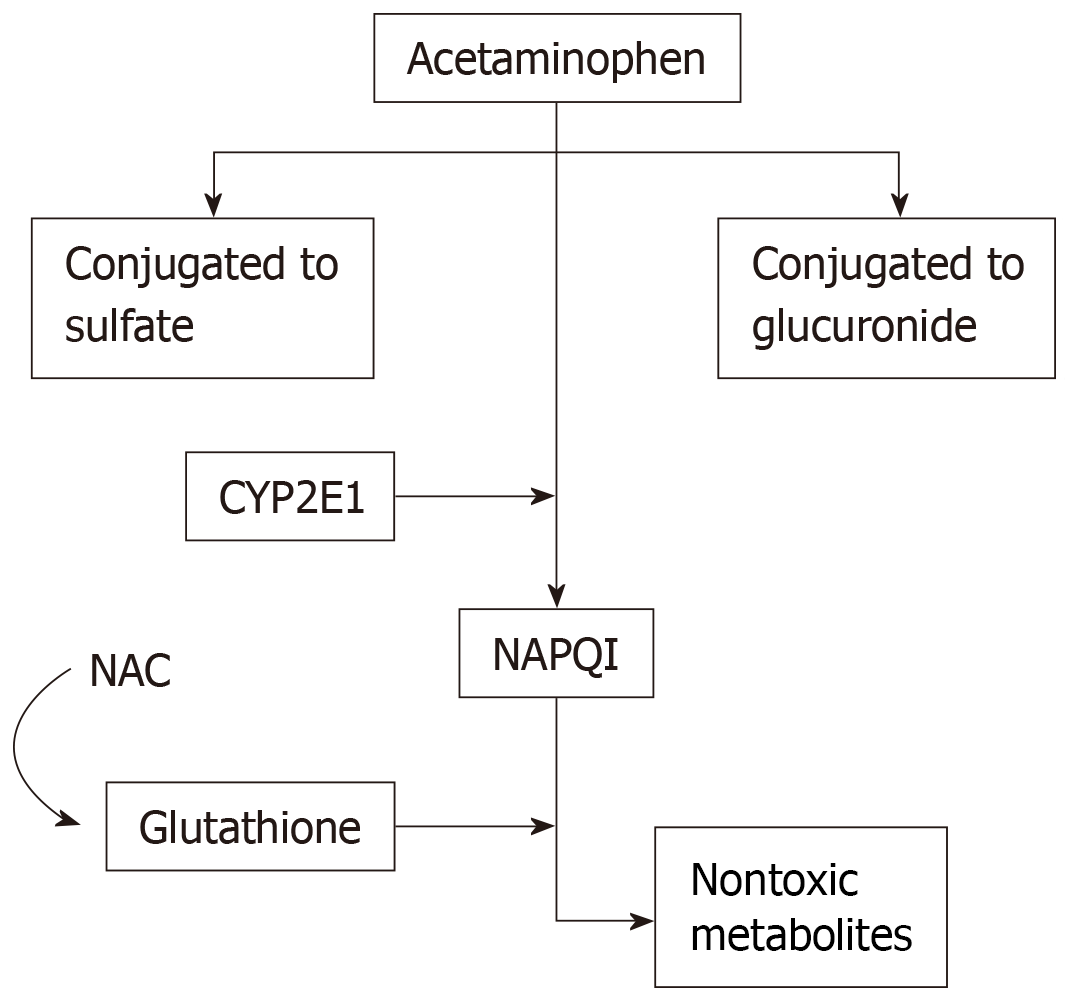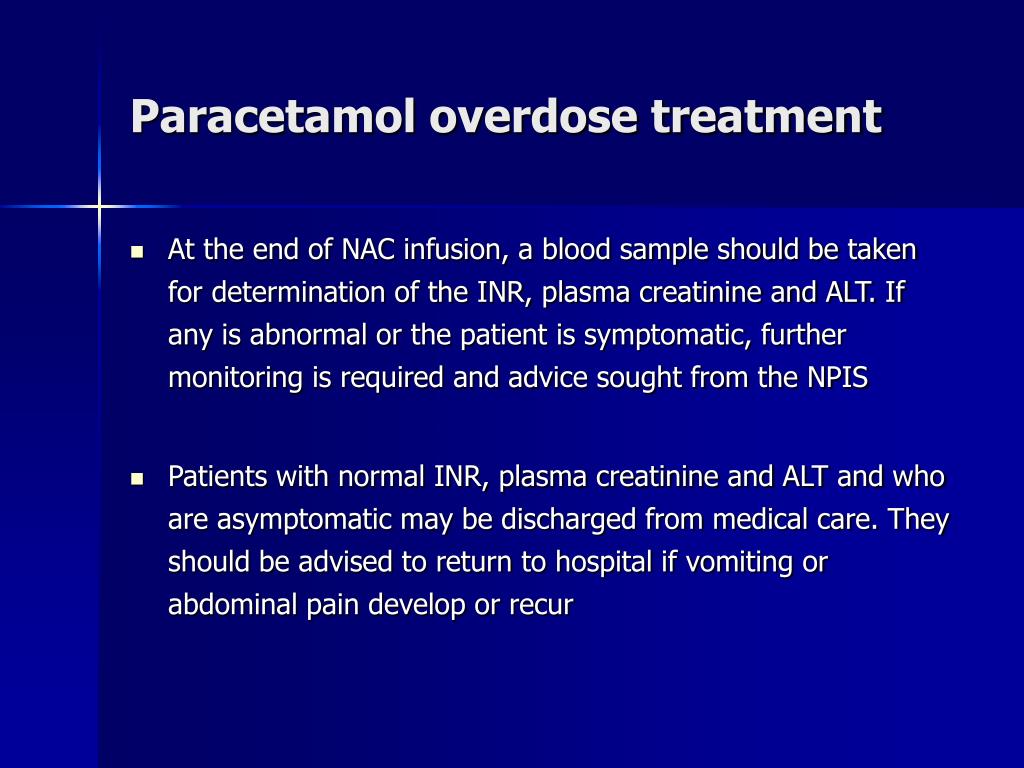

Glutathione is considered to be one of the most important and abundant cellular antioxidants in the body. This can be as a result from both reduced glutathione stores as well as a toxic metabolite of paracetamol breakdown N-acetyl-p-benzoquinone imine (NAPQI). It is shown that once your liver uses more than 30% of your total store of glutathione, you are already in trouble with increasing hepatocyte destruction. In the presence of paracetamol, the concentration of glutathione decreases by as much as 80-90%. One of the mechanisms by which the overuse of paracetamol can cause acute liver failure is its ability to deplete the antioxidant glutathione.

Although hepatic failure and death are uncommon outcomes, paracetamol remains the most important, single cause of acute, severe and sudden onset of hepatic failure in western countries. Paracetamol (or acetaminophen) is one of the most extensively used analgesics/antipyretics in the world and, although it’s considered a safe drug when taken as recommended, there is a well established link between paracetamol toxicity and liver failure.


 0 kommentar(er)
0 kommentar(er)
